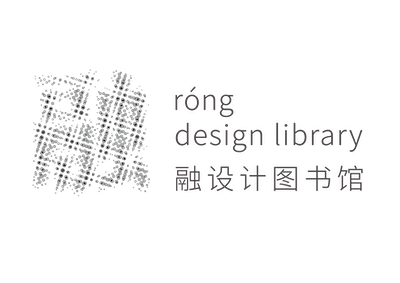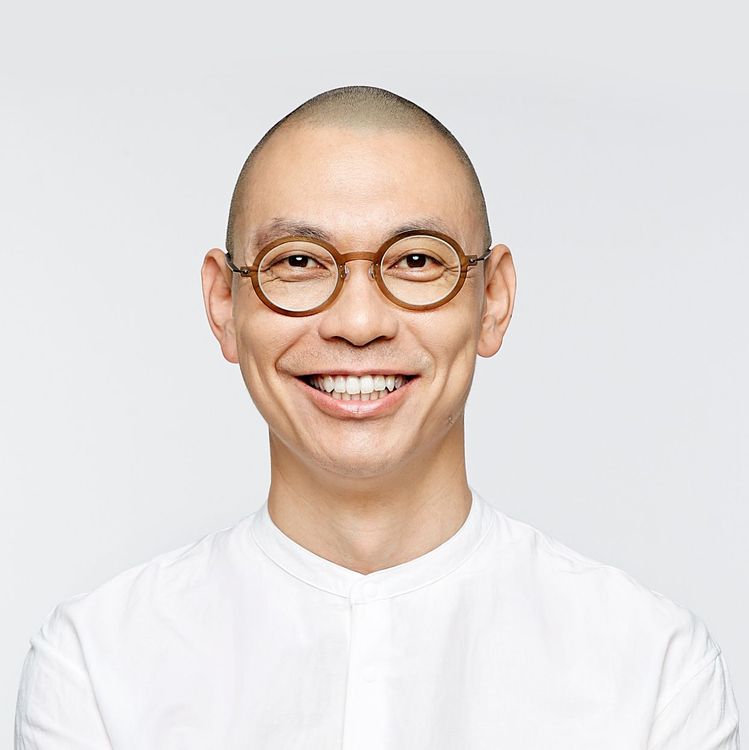Lu Xiang
Lu Xiang
National Class-1 Registered Architect
founder and principal architect of LU+Architects
a founding partner of Duoxiang Studio
He earned his bachelor's degree from the School of Architecture at Tsinghua University in 2000 and subsequently pursued a master's degree at the Peking University Center for Architectural Studies under the guidance of Professor Yung Ho Chang. After graduation, he worked at Atelier FCJZ (Very Architecture) for three years before co-founding Duoxiang Studio in 2006. In 2017, he established his independent practice, LU+Architects.
Lu Xiang is dedicated to exploring the possible relationships between the material world and human body, perception, consciousness, and spirit through architectural practice. His notable works include the Vanke Pavilion at the 2010 Shanghai World Expo and the Renovation and Expansion of Wuzhen North Granary, among others. His designs have been recognized with prestigious awards such as the DFA Asia Design Awards Gold Prize and the Iconic Awards: Best of Best in Architecture.
LU+ Architects was founded by Lu Xiang in 2017 in Beijing. The studio is dedicated to exploring the potential relationships between the material world and the human body, perception, consciousness, and spirit through architectural and artistic practices. By grounding personal bodily experience in materialized forms, the studio imbues cold technology with human warmth, seeking to rekindle perception through physical engagement.
Future-oriented porous materials
Material| Porous m aterial at a visible scale
Size | 10*10cm*40
In both the microscopic and macroscopic worlds, 'emptiness' constitutes the majority of existence. The discussion of 'porous materials' in this exhibition is grounded in the scale recognizable to the human eye, with its foundation rooted in the rationalities of porous materials: low density and lightweight properties, high specific surface area (surface area per unit mass/volume), thermal and acoustic insulation, energy absorption and buffering capabilities, economic efficiency and sustainability advantages, among others.
It is precisely due to these rationalities and more that porous materials are widely present in nature (coral, animal bones, natural sponges, cork, pumice, natural travertine, etc.) and extensively applied in the human-made world as base materials (paper, aluminum honeycomb panels, foamed concrete, foam glass, etc.) and industrial processes (e.g., foam ceramics, metallic foams, honeycomb activated carbon filters and screens of various materials, etc.).
We define as 'future-oriented porous materials' those innovations in concept, cognition, and material science that expand porous materials from their traditional roles as base or industrial materials into surface materials and everyday applications."




